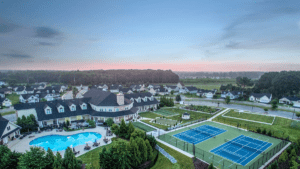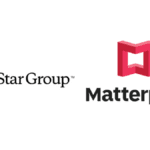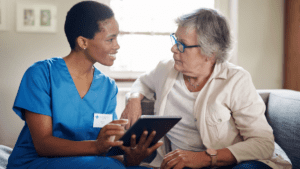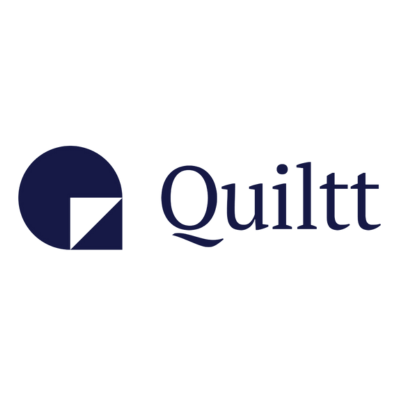Last Updated: April 2024
As the human lifespan continues to get longer, elderly care needs continue to grow more demanding. While seniors can mostly live autonomously, they eventually start to require occasional supervision or medical assistance. While priced at a premium over regular apartment housing, senior housing mimics a multifamily apartment living but includes amenities such as linen services, medication management, housekeeping, and entertainment recreation. Below we take a deep dive into everything you need to know about senior living properties.
What is Senior Housing?
Senior Housing Definition
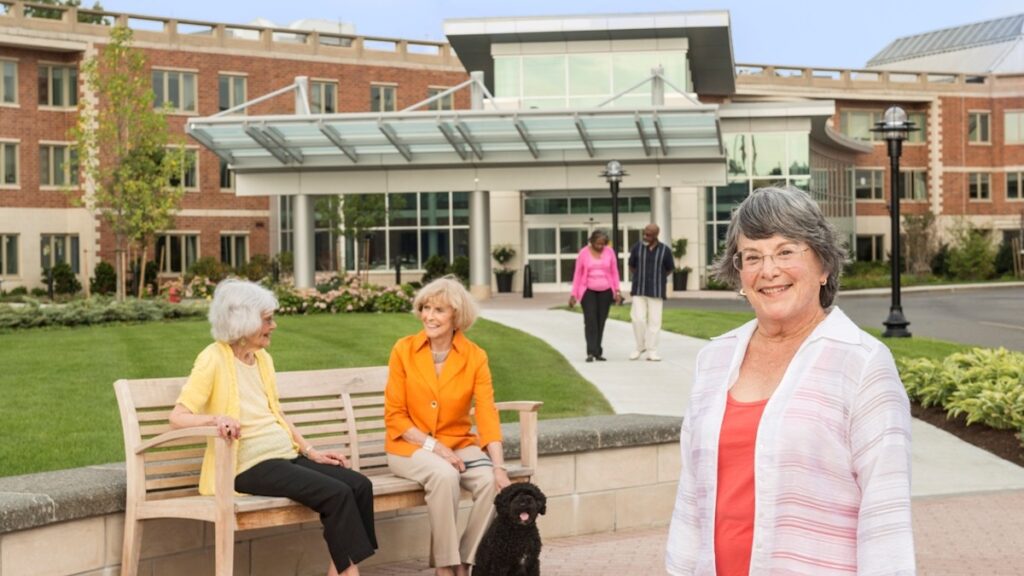
Senior housing (also called senior living or retirement homes) refers to multi-residence housing facilities that are intended for the elderly.
Senior Housing Real Estate Explained
Senior housing refers to a class of rental properties that is designed to meet the needs of older adults who may require assistance with their regular daily activities, such as bathing, dressing, eating, and social leisure. They’re also places for older folks to build community and make the most out of their golden years. The number of senior housing facilities has grown significantly in recent years as the baby boomer population ages, leading to significant, sustained demand for senior housing properties from both residents and investors.
How Do Senior Housing Facilities Work?
Senior housing can take many forms, from independent living 55+ communities to assisted living and skilled nursing care. Most senior housing facilities also offer a variety of social and recreational activities to help residents stay active and engaged. Many also offer full or part-time medical care to help seniors stay healthy in their golden years.
Housing
Recreation
Medical Care
Community
6 Types of Senior Housing
There are several types of senior housing, each with its own unique set of benefits and drawbacks. We take a look at each type below.
Independent Living

Independent living is a type of senior housing designed for seniors who are able to live independently, but who may want or need some extra assistance with day-to-day tasks. Independent living communities typically offer a variety of amenities and services, such as transportation, housekeeping, and meals, which can make life easier for seniors.
55+ Communities
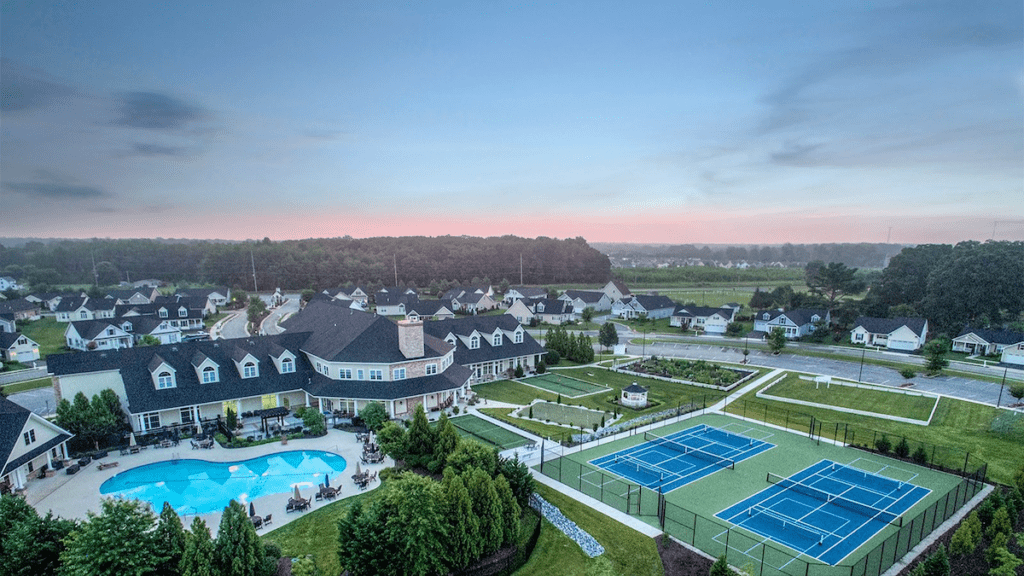
55+ communities (also called retirement communities or lifestyle communities) are a popular independent living option for seniors. These are housing developments that are specifically designed for seniors aged 55 and over. These communities typically include amenities like swimming pools, golf courses, and clubhouses. They may also have features like on-site medical care and social activities.
Assisted Living

Assisted living is a senior housing type designed for seniors who need a little more help with daily living activities, like bathing, dressing, eating, and other daily tasks. Assisted living communities typically offer a variety of amenities and services, such as 24-hour staff, transportation, and meals, and often some level of medical care, which is typically not as extensive as more specialized, healthcare-oriented senior living options.
Memory Care Facilities
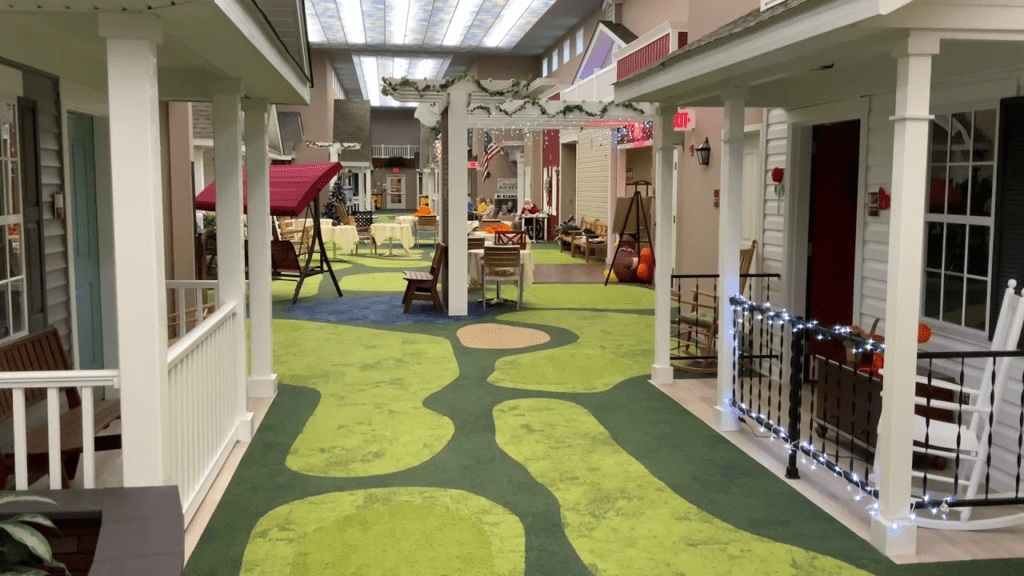
A memory care facility is a long-term care facility that specializes in caring for people with dementia, Alzheimer’s disease, and other types of memory impairments. Memory care facilities help provide a safe and supportive environment for people with memory impairments, and they offer a range of services and amenities to help residents maintain their independence and quality of life. New innovative facilities are designing their interiors to mimic familiar environments as part of their residents’ treatment.
Continuing Care Retirement Communities (CCRCs)
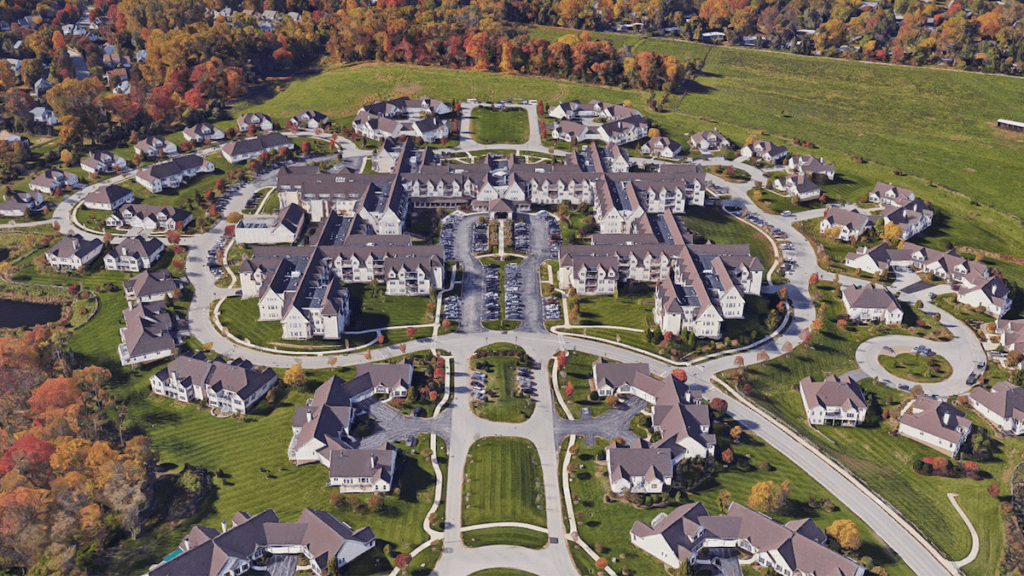
Continuing care retirement communities (also called CCRCs) are a senior housing type that offers a continuum of care, meaning that they provide a variety of housing options and levels of care, all in one community. CCRCs typically offer independent living, assisted living, and skilled nursing care, as well as a variety of amenities and services. CCRCs typically have higher monthly fees than other types of senior housing, but they can offer a better sense of security and peace of mind for seniors and their families.
Skilled Nursing Facilities

A skilled nursing facility (commonly called SNF or Nursing Homes) is a type of nursing home certified to provide skilled nursing care and rehabilitation services. SNFs are also known as nursing facilities, skilled nursing units, and skilled nursing centers. The most important difference between a SNF and other types of nursing homes is the level and duration of care each provides. SNFs are better equipped and staffed to provide care for residents who need more medical attention and rehabilitation services than what is typically available in an assisted living facility or independent living community. The care provided in a SNF generally is more expensive than other types of nursing homes, but it is important to remember that the level of care is also much higher.
The #1 Rental Property Newsletter
Once a month, we send out an exclusive Rental Property Market Update with top stories, current mortgage rates, building products, and more. No spam and unsubscribe anytime.

Rental Real Estate News
- CoStar Group Acquiring Matterport Spatial Property Data Company in $1.6 Billion Deal

- Blackstone Acquiring Multifamily Owner AIR Communities for $10 Billion

- Property Meld and Lula Launch ‘Vendor Nexus’ Program

Senior Housing Property Management
As a type of rental property that is in charge of taking care of the less capable, senior housing management is something that rental property investors should pay close attention to. From varying degrees of licensing and healthcare services, the way how to manage a senior housing property will depend on many different aspects including its size and scope of services and amenities offered to residents.
Top Senior Living Real Estate Tools
Senior Living Investing
Senior Living Investing Strategies
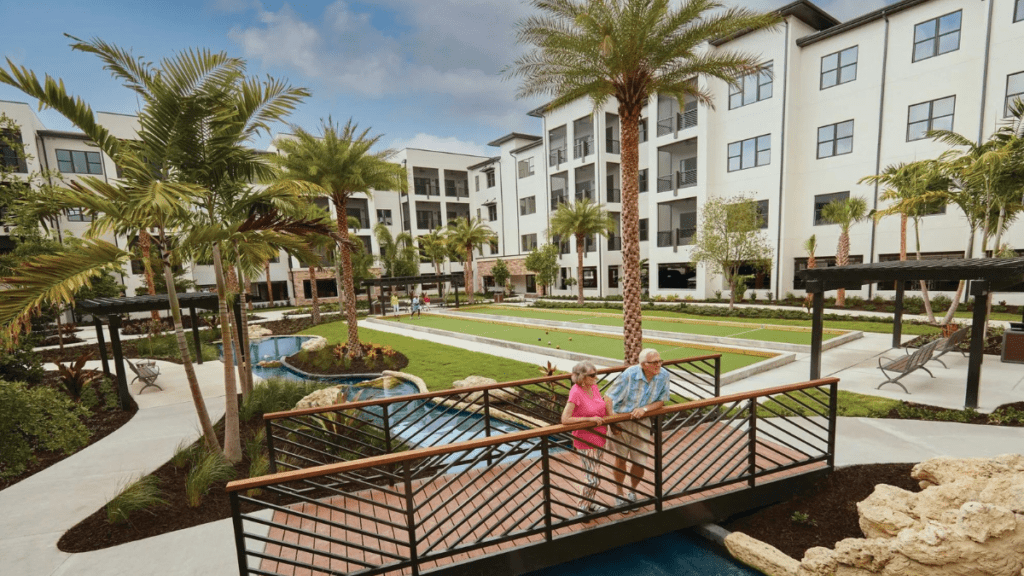
Investing in senior housing real estate can be a lucrative venture with the rapidly aging global population and their evolving housing needs. As the Baby Boomer generation enters its golden years, the demand for specialized living accommodations is witnessing a significant surge. Not only does senior living real estate offer potential for attractive returns, it also provides investors with a chance to diversify their portfolios.
Financing Senior Living Real Estate
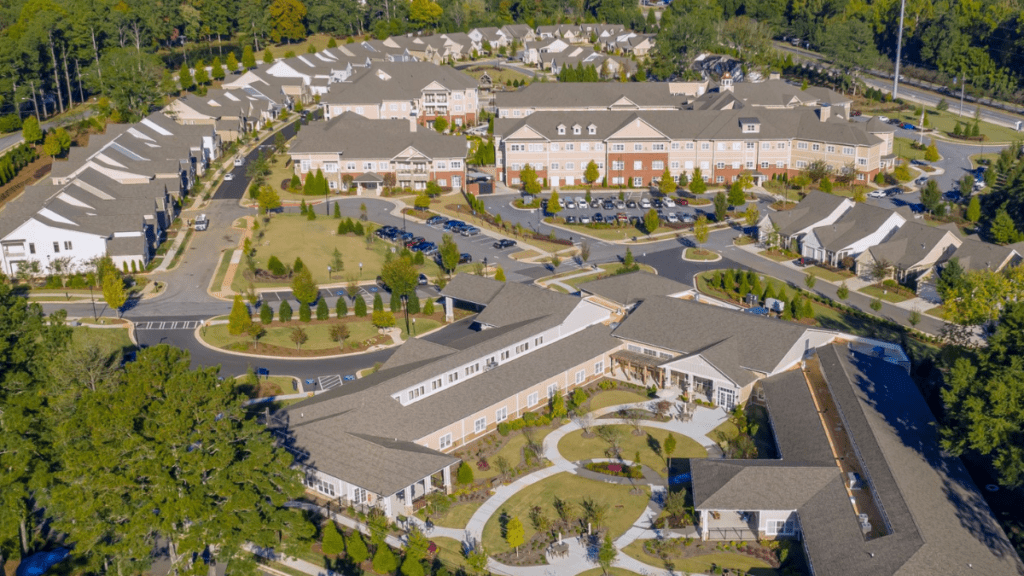
Financing senior housing real estate requires sufficient knowledge of the senior living industry, as well as commercial real estate finance. Various financing options are available, including conventional loans, private equity funds, and Small Business Administration (SBA) loans. Factors such as the type of facility, its location, occupancy rates, and overall market conditions play a crucial role in determining the most suitable financing method.
Top 5 Largest Housing Companies
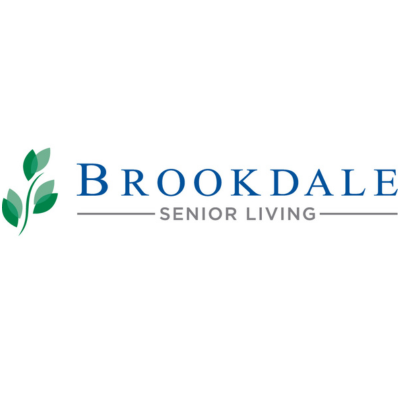
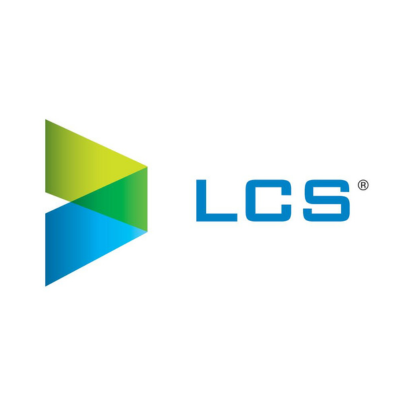
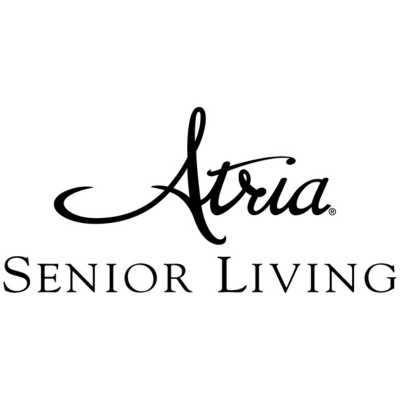
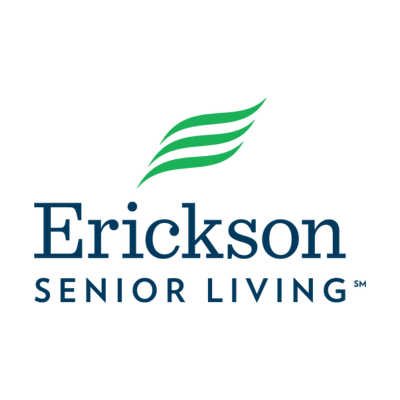
Senior housing addresses the unique living needs of the aging population. The largest senior housing companies in this field specialize in developing and managing residential communities designed specifically for seniors, offering a range of options from independent living to assisted care facilities. These organizations focus on creating environments that provide comfort, safety, and a sense of community, often integrating healthcare services, recreational activities, and lifestyle amenities tailored to older adults.
Search Rental Real Estate
Try searching out site for hundreds of rental property topics ranging from property management, investor tool reviews, investment research, and more.
Senior Housing Calculators
Senior Housing Real Estate FAQ
What is the History of Senior Housing?
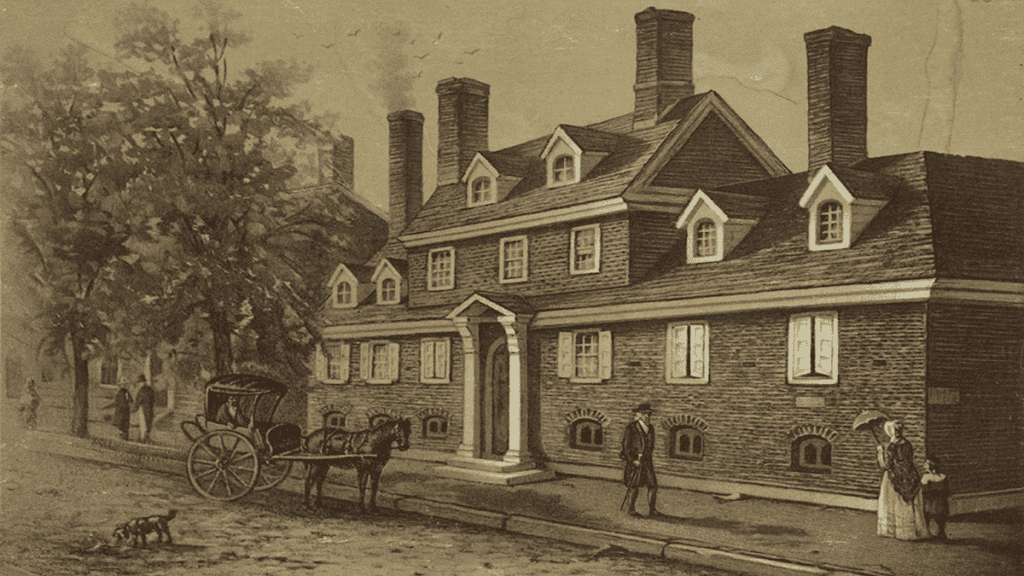
Much of the beginning of elderly care facilities, finds its origins in religious organizations that established “almshouses”, which were charitable institutions for the impoverished and elderly. This concept was brought over by the Europeans who colonized North America in the 1600s. Although it is open for debate, the first documented facility of this type that was specifically targeted for the elderly is believed to be “The “Friends’ Almshouse of Philadelphia” which opened its doors in the early 1700s.
The almshouse model worked up until the early 1900’s where the Great Depression of the 1930’s adversely affected many elderly people. The United States government stepped in and enacted the Social Security Act in 1935, which included the payments to the elderly and impoverished. Whereas almshouses were free of charge, this new government intervention ignited the spike in privatized institutions which charged a fee and brought about the privatized for-profit business model that is common today. Since that transitioning time, the number of private facilities in the United States has grown significantly, as has government regulation and oversight.
More Types of Rental Real Estate
About the Author

Ryan Nelson
I’m an investor, real estate developer, and property manager with hands-on experience in all types of real estate from single family homes up to hundreds of thousands of square feet of commercial real estate. RentalRealEstate is my mission to create the ultimate real estate investor platform for expert resources, reviews and tools. Learn more about my story.
Disclaimer: The information provided on this website does not, and is not intended to, constitute legal and/or financial advice. As such, all information, content, and materials available on this site are for general informational purposes only. Please review our Editorial Standards for more info.


